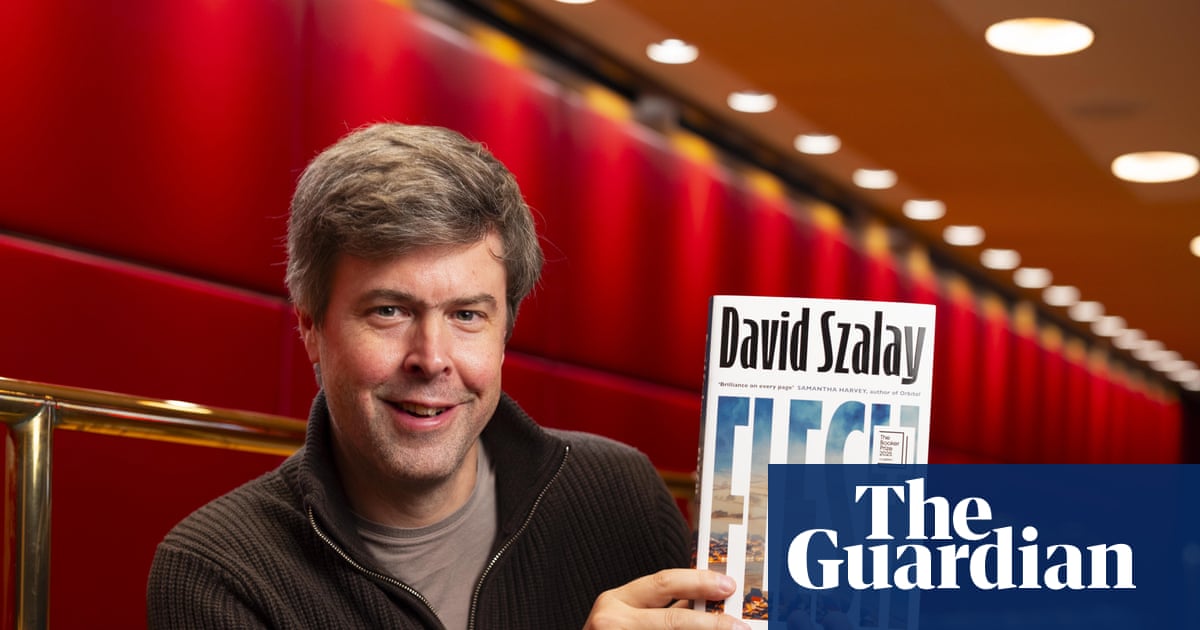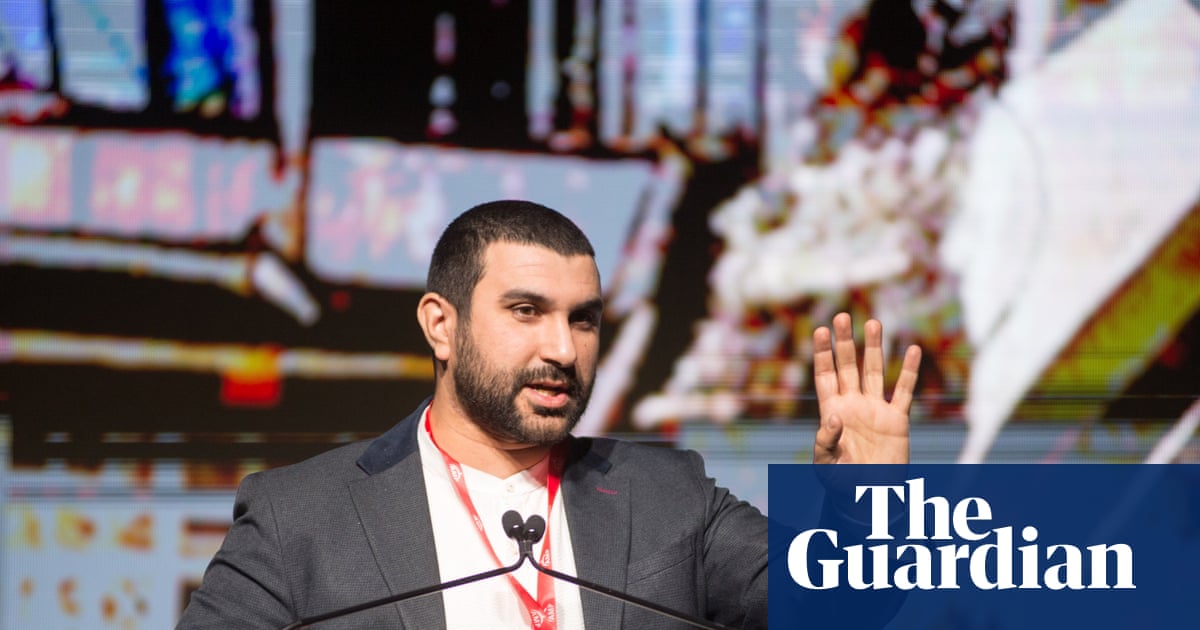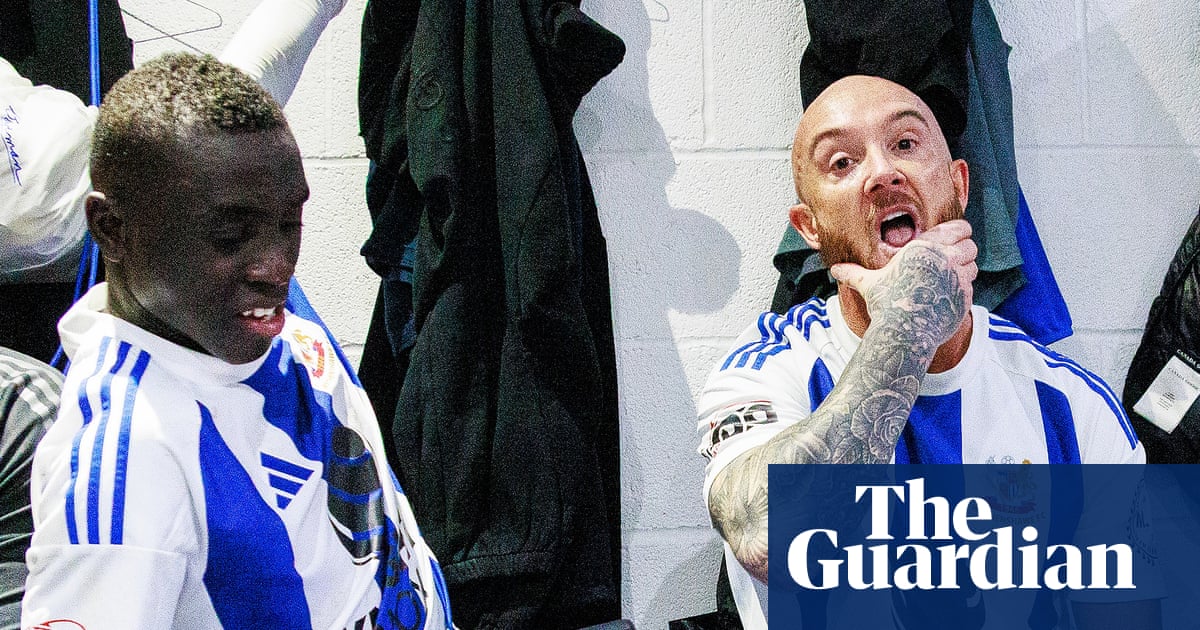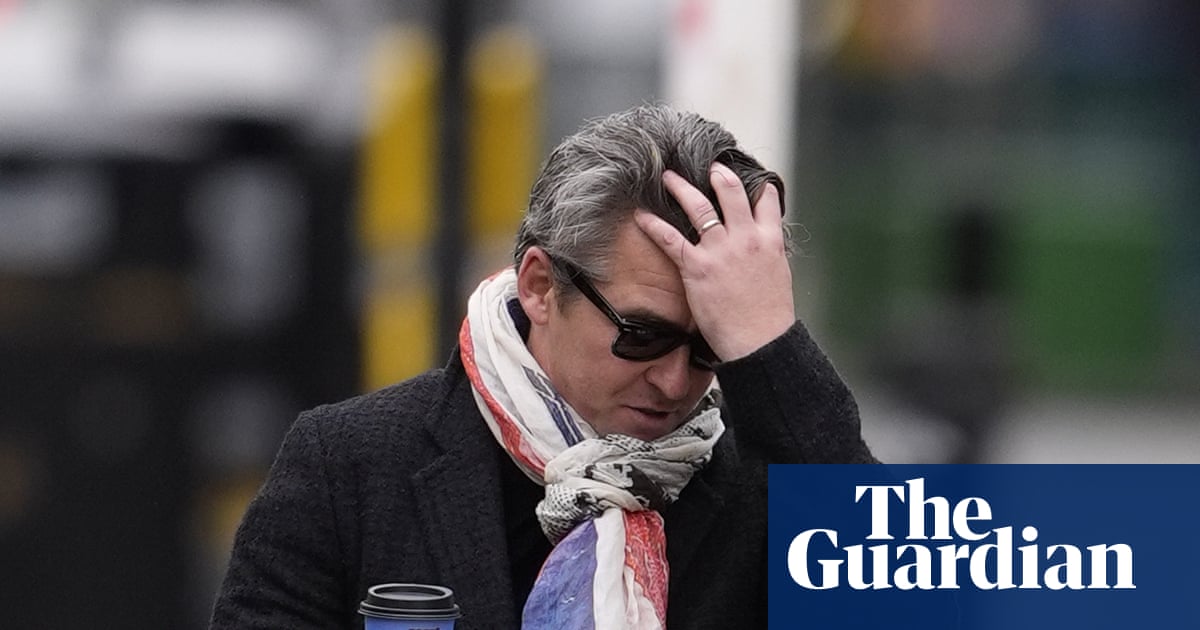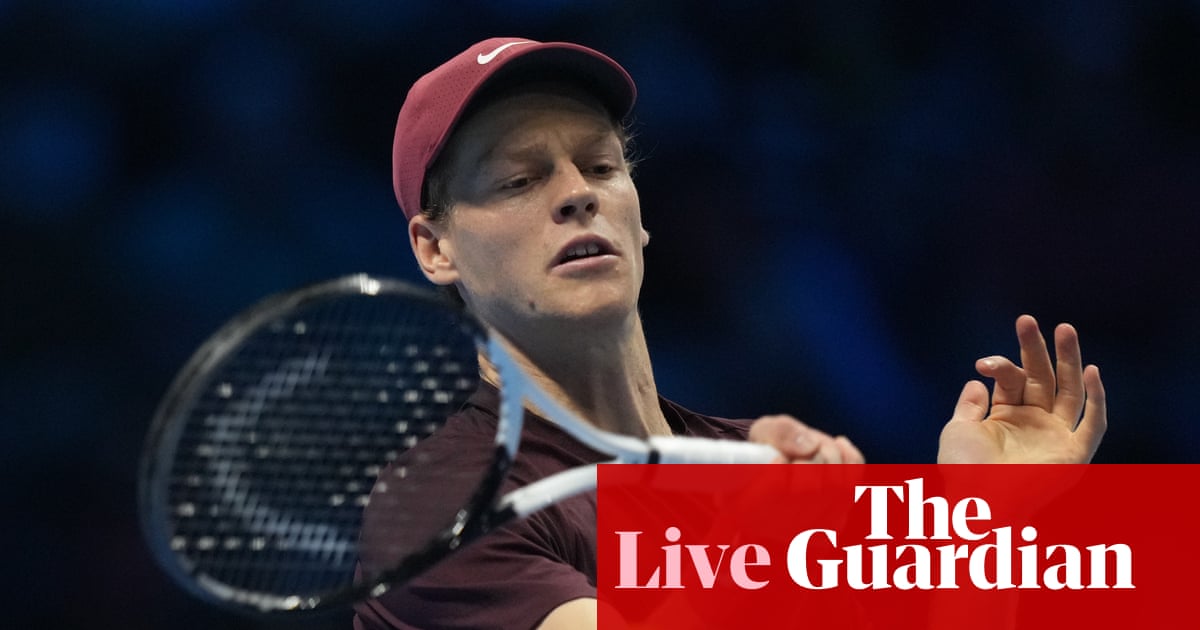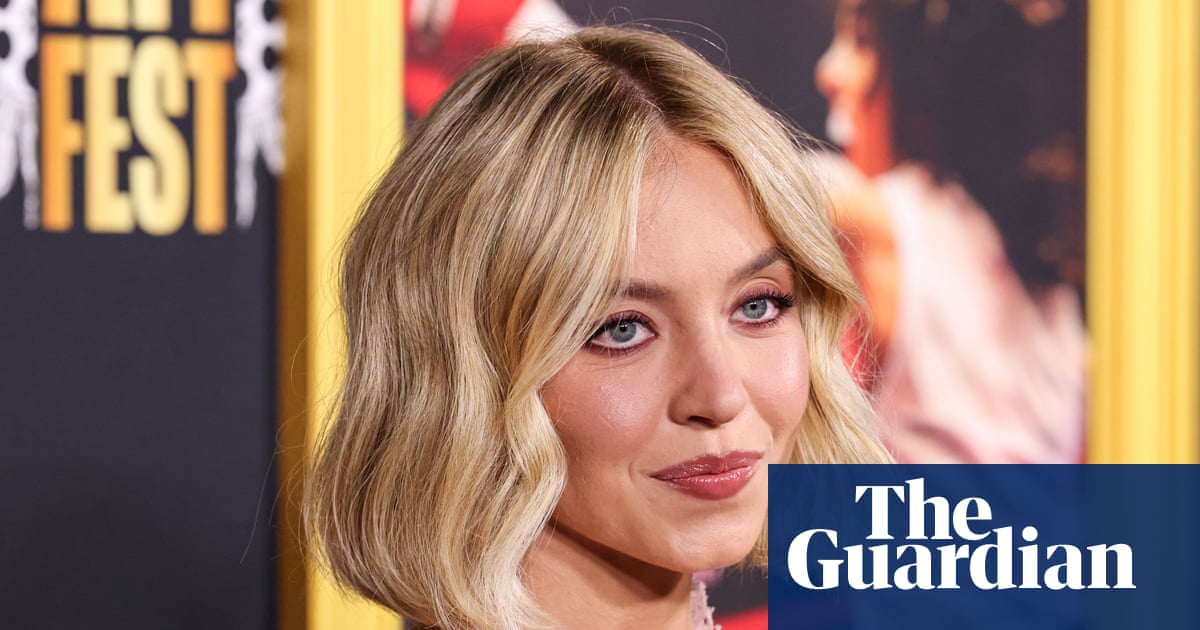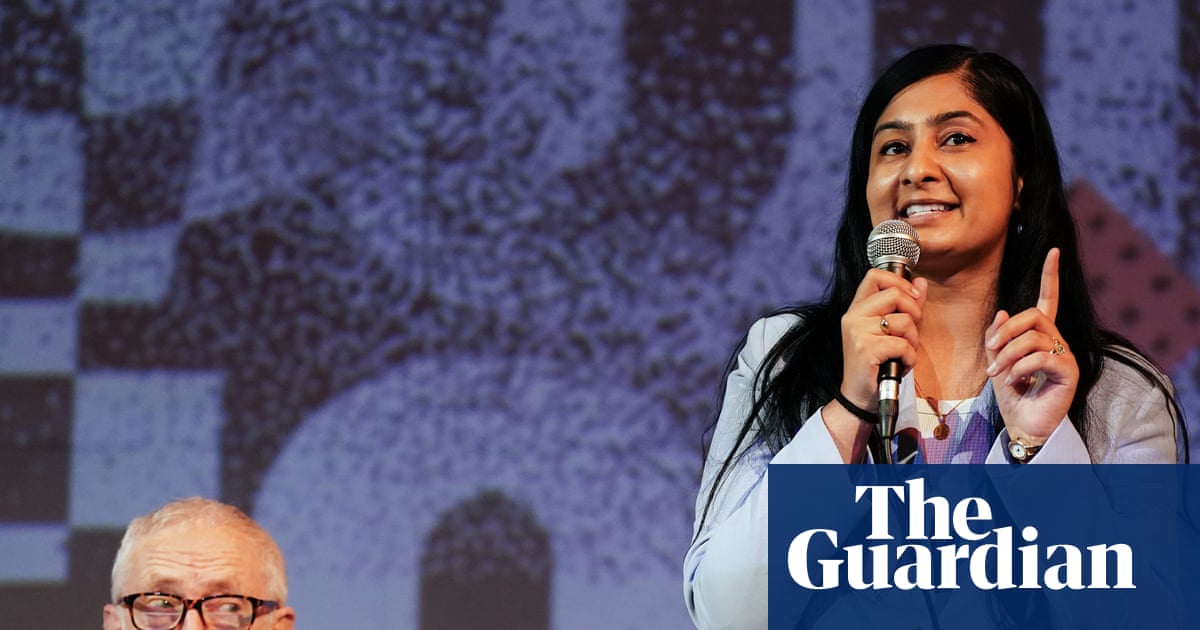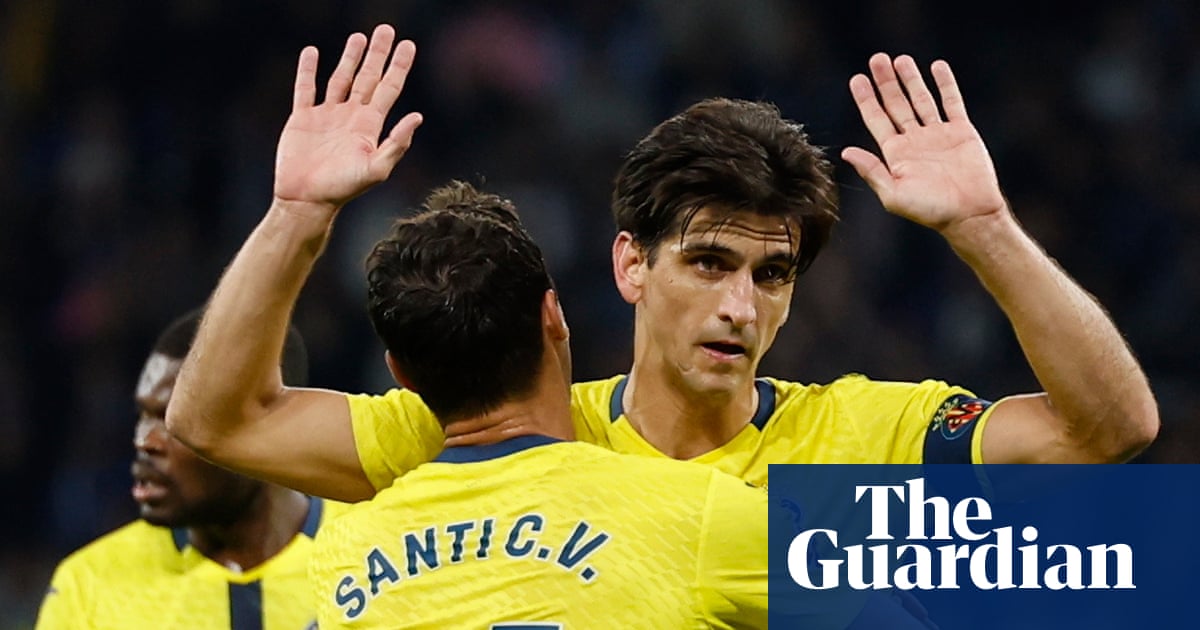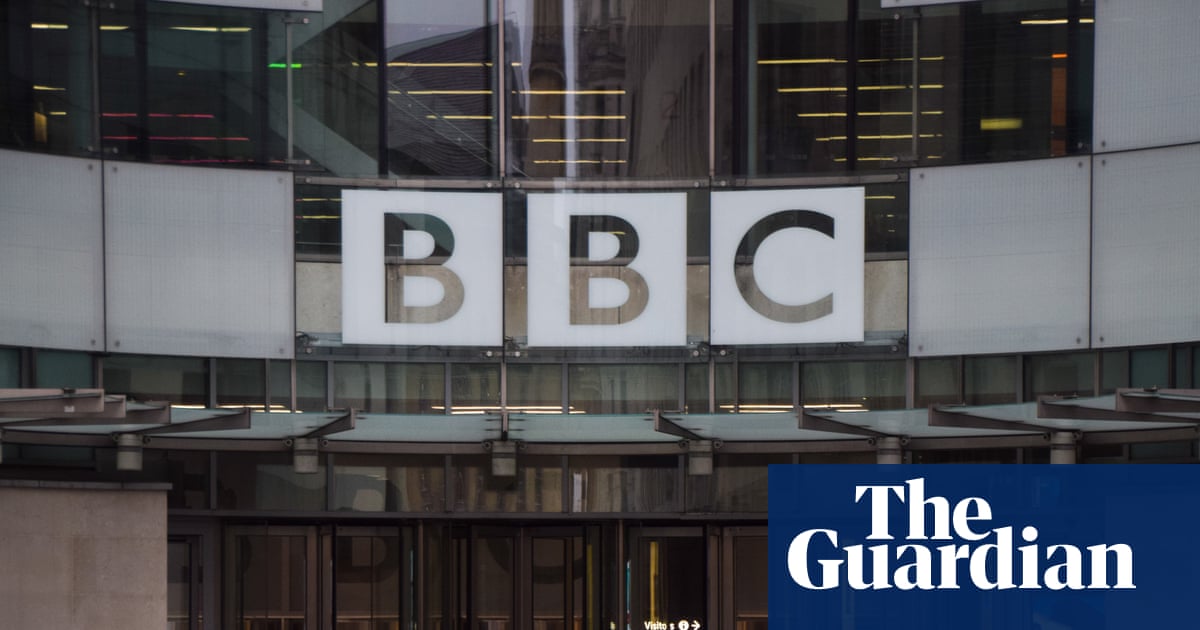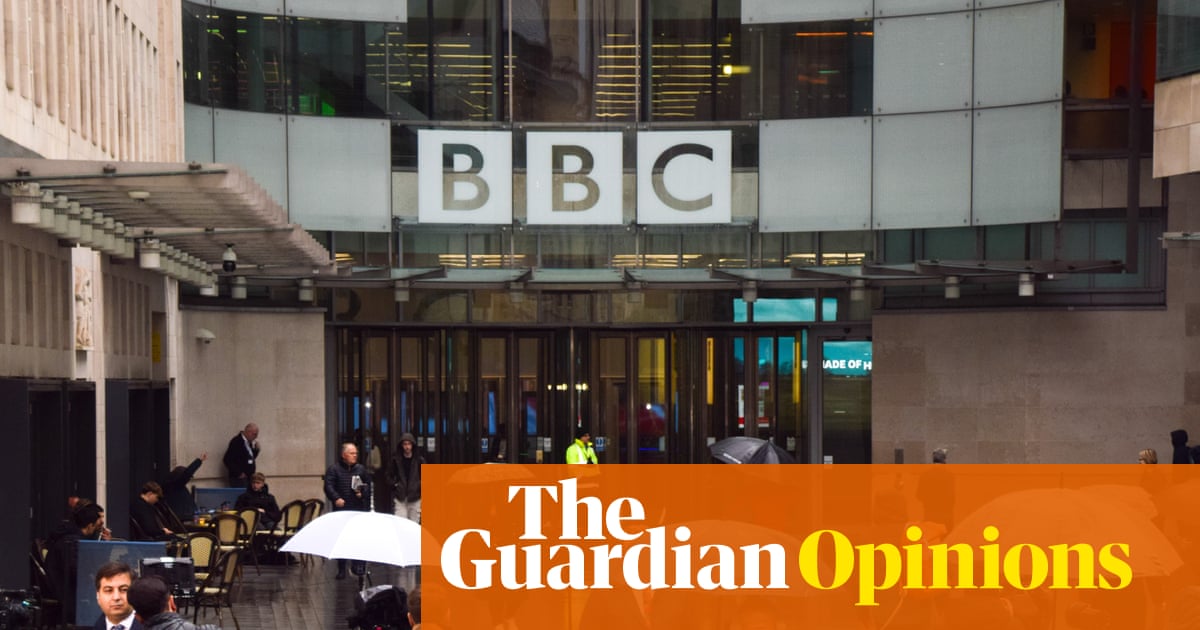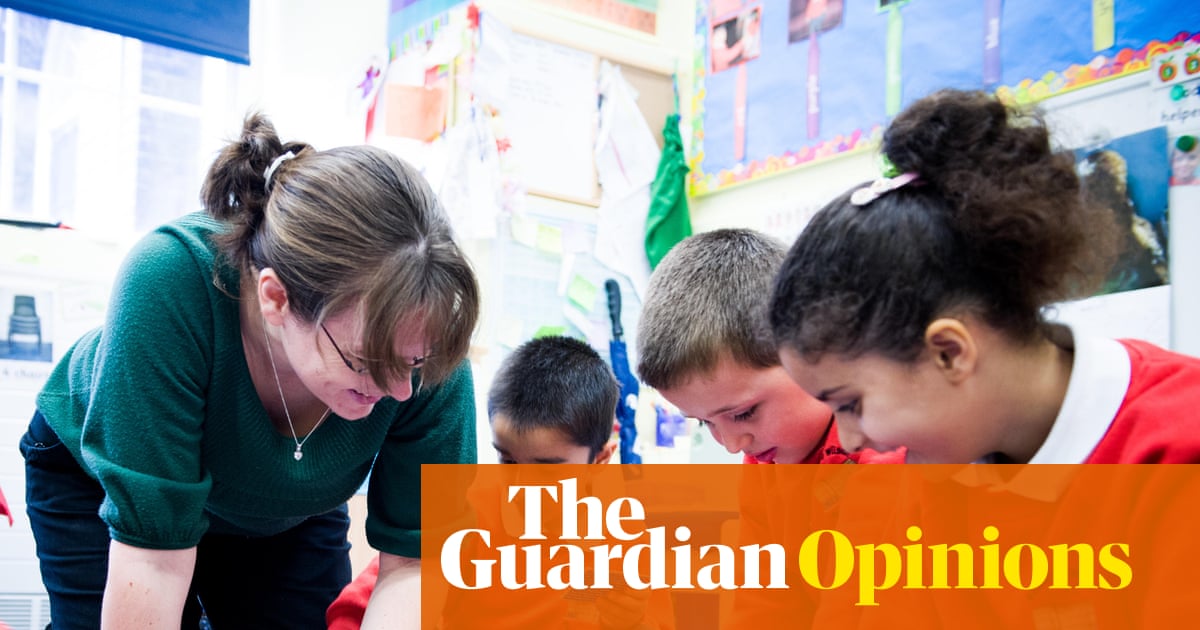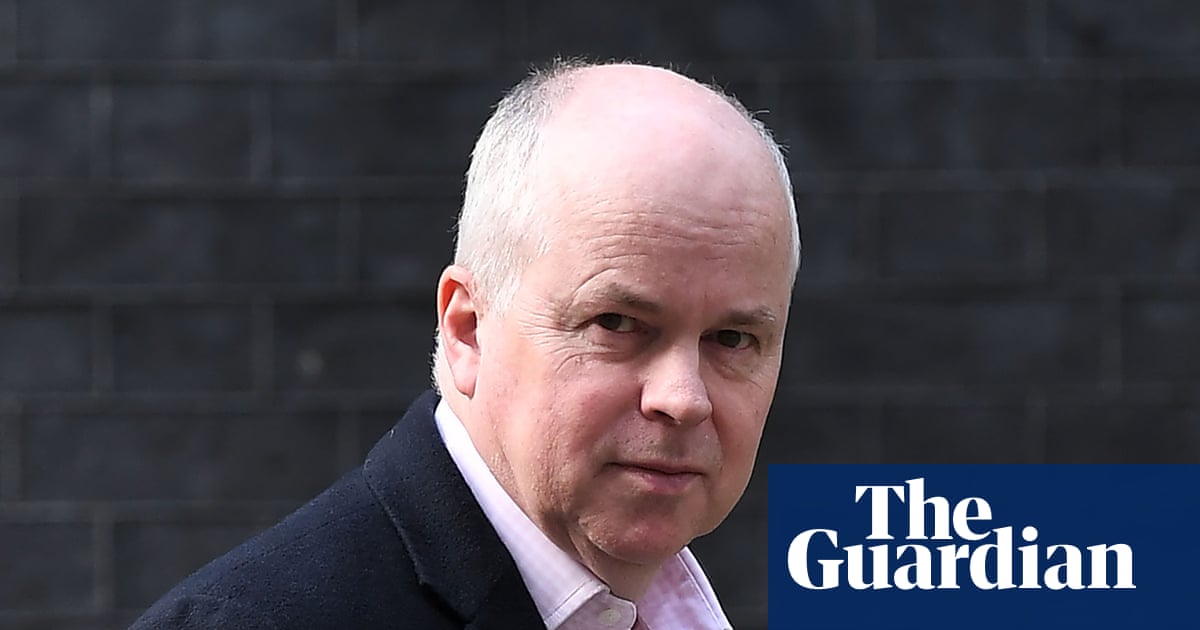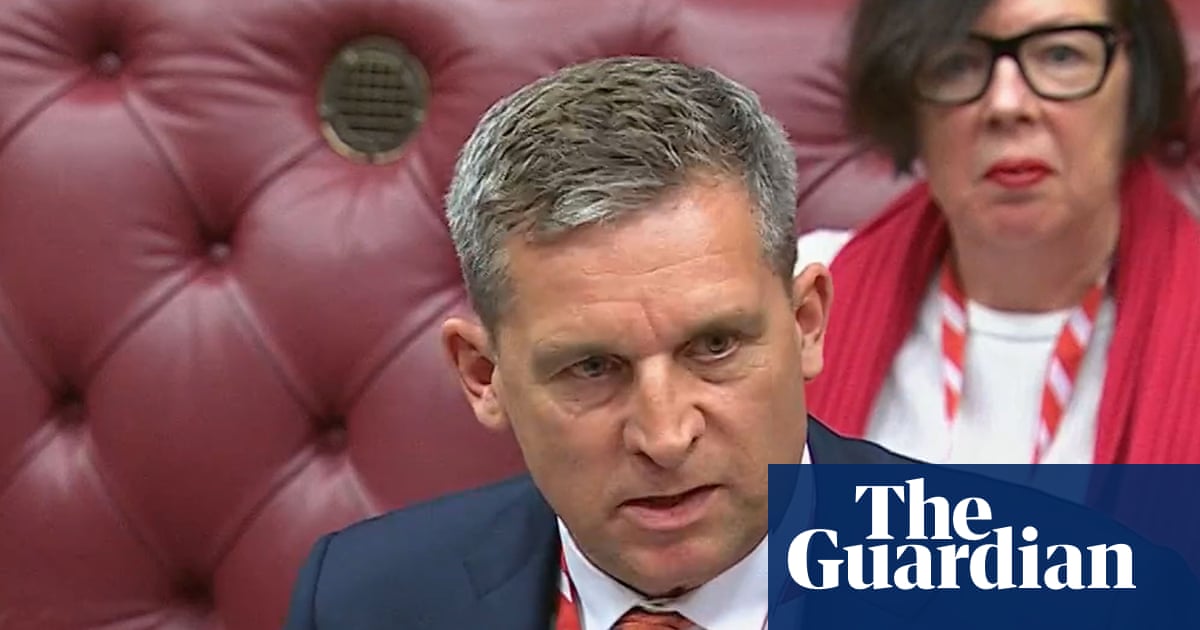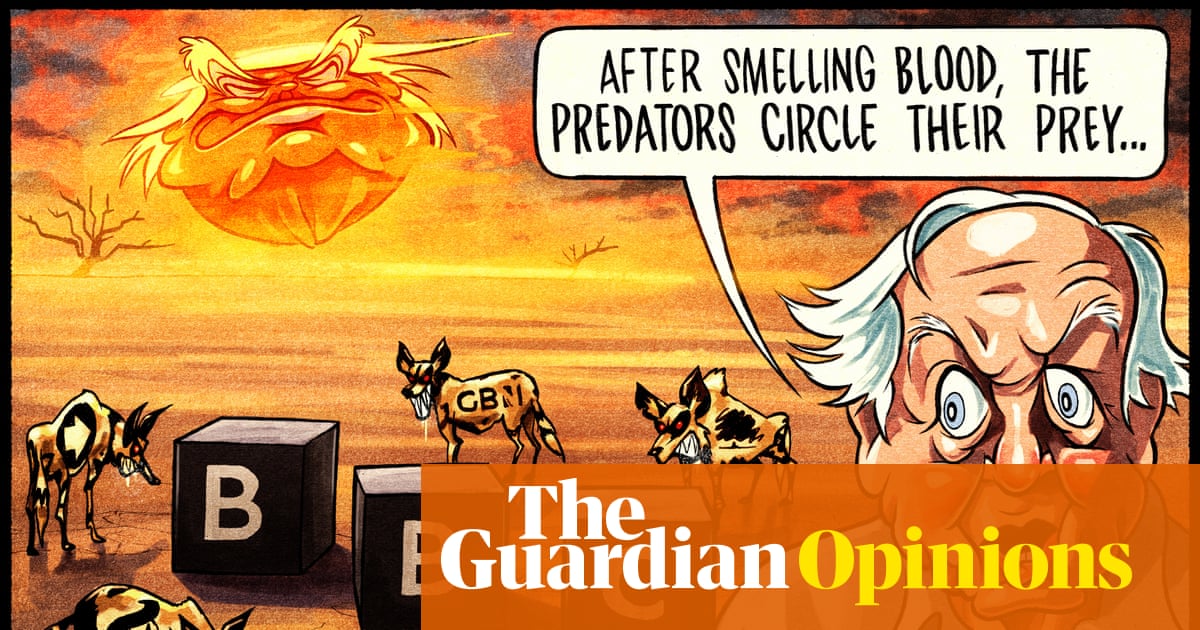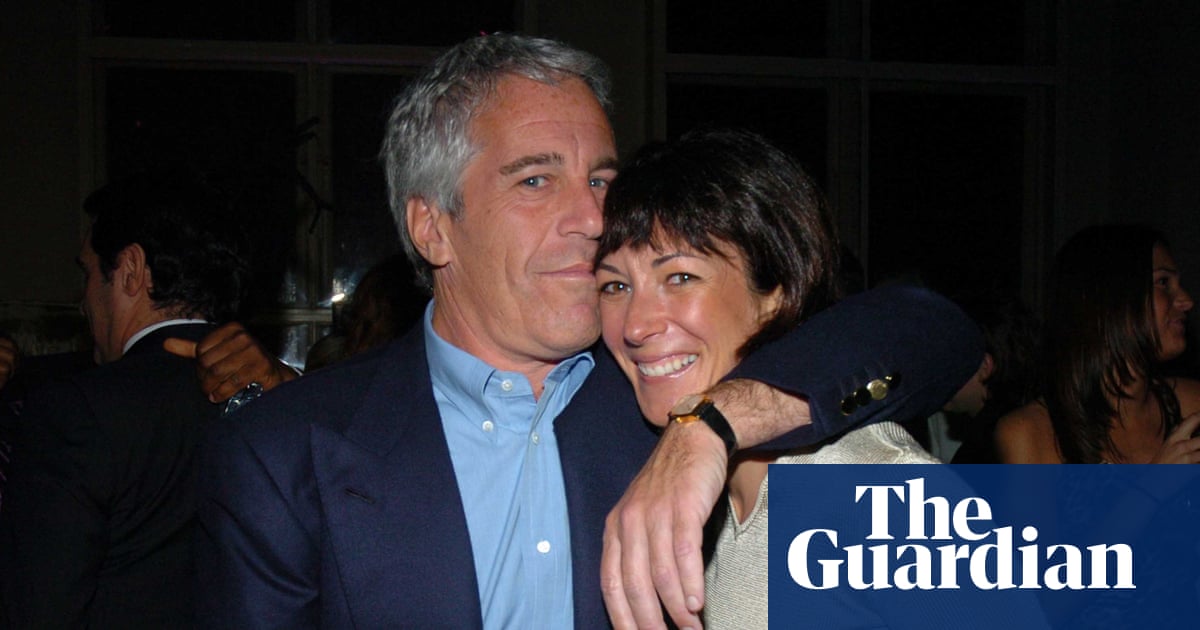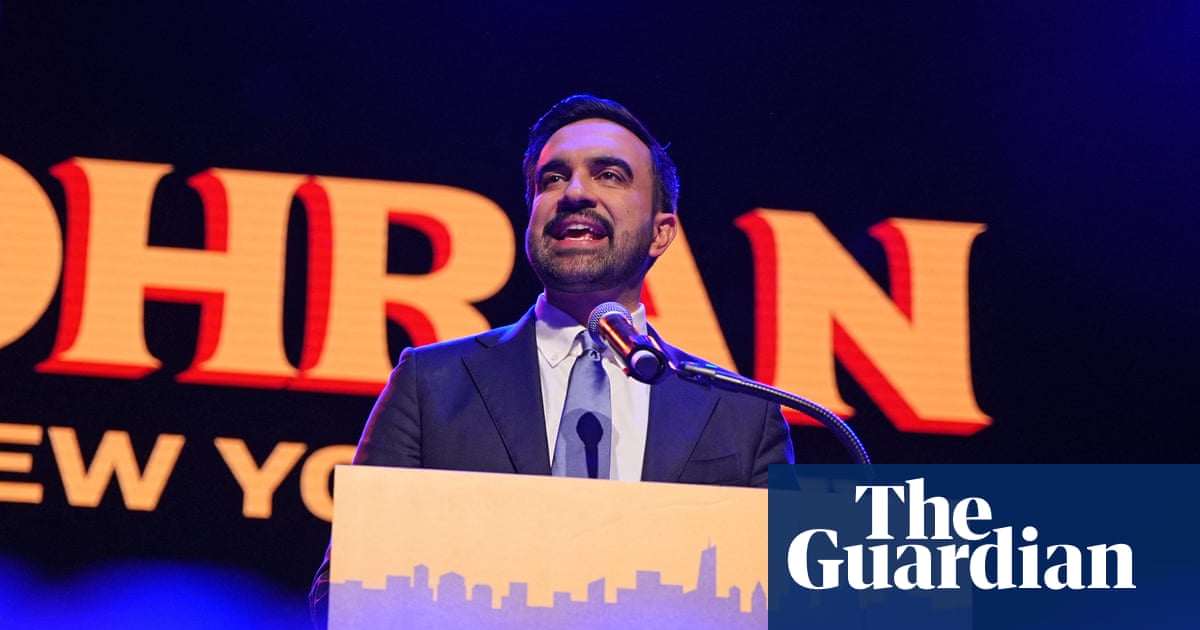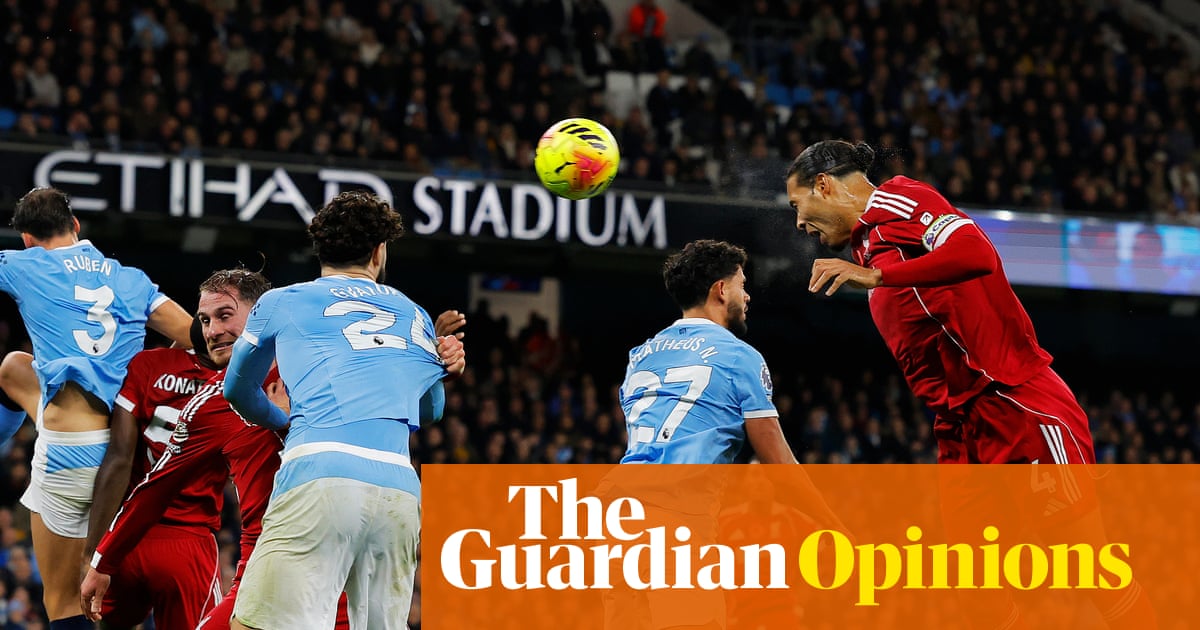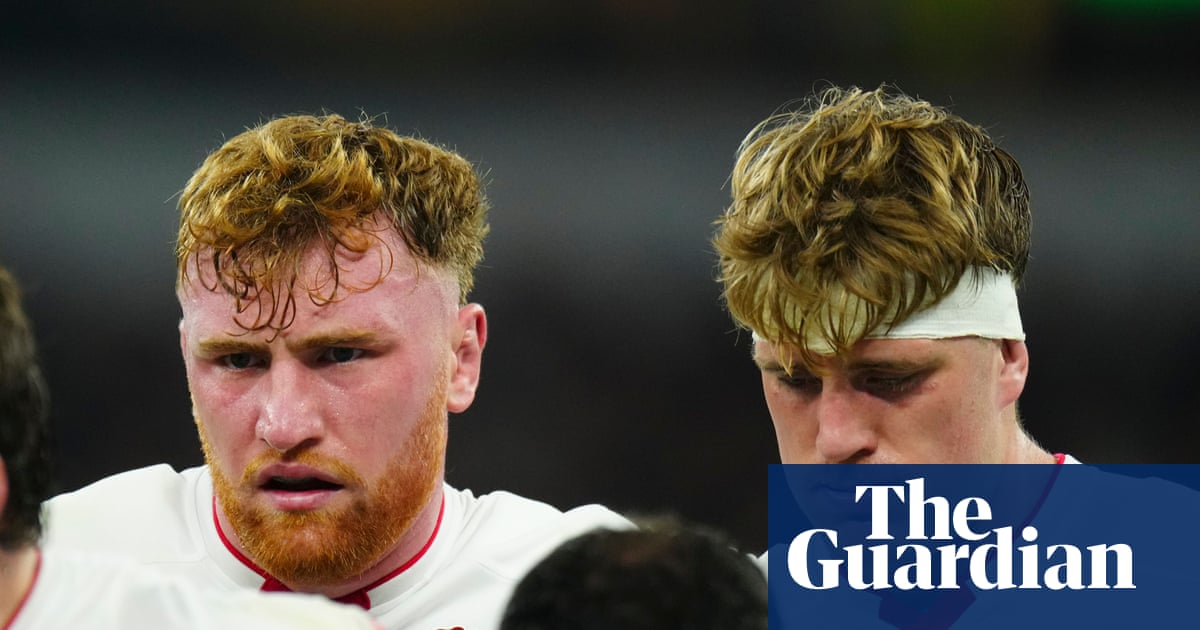The idea that the next head of state might be an elected one is as remote from British experience as a visit to the far side of the moon. But it is hardly an unthinkable proposition, and you do not have to travel as far as the moon to see such a process taking place in a smooth and dignified manner. In fact, you only have to travel to Ireland.
Next month, Ireland will elect a successor to President Michael D Higgins, who has served two seven-year terms as the occupant of Áras an Uachtaráin (in bygone days the Viceregal Lodge) in Dublin’s Phoenix Park. Mr Higgins has done the largely ceremonial job with charm, toughness and imagination. He has been good for Ireland, and good for British-Irish relations at a difficult time. In 2014, he made the first state visit to Britain by an Irish president. He is not a large man, but he leaves big shoes to fill.
When the presidential nomination process opened this month there was much talk of celebrity candidates, including Michael Flatley, Bob Geldof, Pádraig Harrington, Conor McGregor and the TV meteorologist Joanna Donnelly. But the rules, which require nominations from Dáil members or local authorities, give such candidates little chance of collecting enough support. Predictably, when nominations closed this week, it turned out that the final choice will be between three political nominees, as it has often been in the past. The danger is that the field is too narrow to facilitate the kind of future-focused conversation that any country, including Ireland, needs at such a time.
Ireland’s next president will therefore be the winner of a contest on 24 October between Jim Gavin, backed by the country’s largest party, Fianna Fáil, Heather Humphreys from its government coalition partner, Fine Gael, and the independent Dáil member Catherine Connolly, who is backed by Sinn Féin and by a group of smaller parties, including Labour and the Social Democrats. Early polling has put Ms Humphreys very narrowly in front, but there is almost a month still to go, and the campaign has barely started.
In the 20th century, when Fianna Fáil still dominated Irish politics, its candidate normally won. That ended in 1990, when Labour’s Mary Robinson became Ireland’s first female president, as well as the first not from Fianna Fáil. Ms Robinson modernised the role in her seven years as head of state, helping project a changed image of Ireland on the world stage. Her successor, Mary McAleese, the first president to have been born in Northern Ireland, carried this further for two terms, which included the Belfast/Good Friday agreement and the visit to Ireland by the late Queen. Mr Higgins has trod the same path that his two female predecessors cleared.
Ireland has much to thank them all for. They have all made major soft-power contributions to good relations between Britain and Ireland, too, particularly in the volatile times around the peace process and after Brexit. Yet those tensions are not yet over.
A radical shake-up in British politics, especially if it makes the Belfast agreement more difficult to operate because of any UK withdrawal from the European human rights convention, would revive them. Moves towards a unification referendum, though currently distant, would pose a large challenge of a different kind. Ireland’s new president will have to help guide the country into the 2030s. The path through those years is not looking easy. The outcome of this contest will matter.

 1 month ago
54
1 month ago
54

